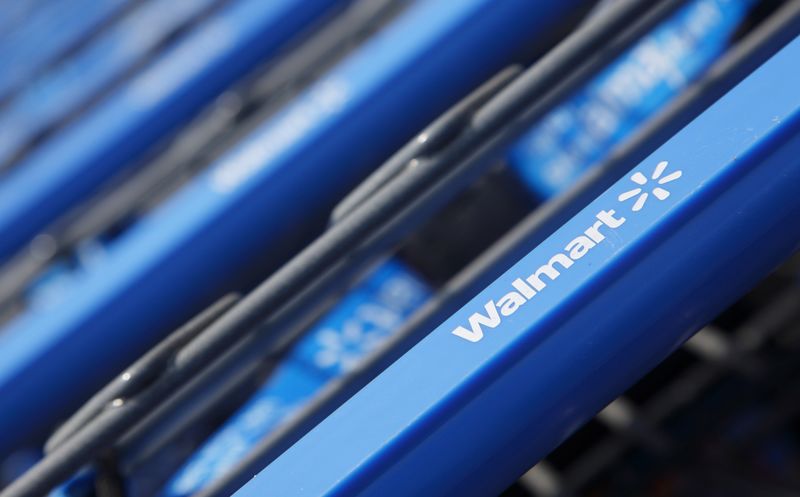This post was originally published on this site
https://i-invdn-com.investing.com/news/LYNXNPEC4I0VH_M.jpg
Despite acquiring a $700 million loan from former President Donald Trump’s administration in 2020 as pandemic relief, Yellow’s bankruptcy files indicated assets and liabilities ranging between $1 billion and $10 billion, with over 100,000 creditors. As a security measure for the loan, Yellow transferred 15.9 million shares of its common stock to the U.S. Treasury, granting them a 30.6% ownership stake. CEO Darren Hawkins (NASDAQ:HWKN) expressed profound disappointment in the company’s closure.
Walmart, one of Yellow’s significant clients, is expected to remain unaffected due to its diversified transportation chain. The bankruptcy follows the Teamsters Union’s revelation from last month about Yellow’s cessation of operations. Amidst ongoing disputes regarding internal restructuring meant to enhance efficiency, Yellow managed to avoid a strike involving 22,000 Teamsters-represented employees. However, the company’s liabilities, accumulating from the acquisitions of Roadway in 2003 and USF in 2005, amounted to $1.5 billion last year. The company’s stock plummeted by 34.4% to $2.34 during early trading on Monday, contrasting the five-fold surge observed the previous week.
The decision to file for bankruptcy drew criticism and accusations from multiple fronts. Yellow attributes the bankruptcy to pressures from the Teamsters Union, while the union asserts that the company’s financial decline resulted from poor management. Several employees initiated legal action against Yellow, citing the company’s failure to provide the obligatory 60-day notice before termination.
This article was originally published on Quiver Quantitative

